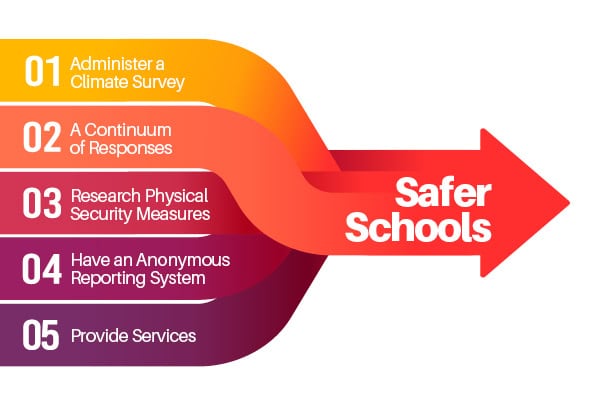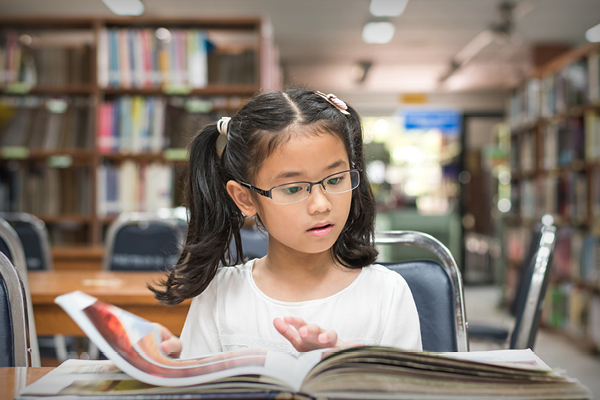In the past decade, the U.S. Department of Justice has invested in research projects to get at the root causes of school violence and how best to make K-12 schools safer, according to the CU Boulder.
Violence in schools remains a dangerous threat. In 2024, at least 330 shootings occurred at K-12 schools in the United States, according to the K-12 School Shooting Database. That’s the second highest number ever—down 19 shootings from the record in 2023. Already in 2025, 29 shootings have occurred at U.S. schools.
Sarah Goodrum, a research professor in the Prevention Science Program at the Institute for Behavioral Science and her colleagues studied more than 150 research papers for evidence revealing the causes of violence and how to make schools safer. A 59-page report was released in January.
Research shows school shootings are almost always preceded by warning signs, including troubling behavior or lesser acts of violence by the perpetrator, or a school climate in which bullying is pervasive, or mental health issues go unaddressed, says Goodrum.
The report recommends schools take eight steps:
1) Schools should administer a climate survey at least every two years to students, parents and staff. The survey should assess how safe students feel at school; whether they are subject to bullying or harassment; and whether there is a trusted adult they can turn to if they are in trouble or see something concerning. School administrators can use the results to choose evidence-based programs to address gaps.
Schools with a positive school climate have lower levels of bullying, victimization, fighting, substance use and suspension — and higher attendance rates and stronger academic performance,” says Goodrum.
2) The report recommends a continuum of responses – not one-size-fits-all policies. This can range from providing support to address trauma, depression or anxiety fueling minor problems early on to suspending or expelling a student deemed by a team to be a threat for more serious violence.
A “get tough” or zero-tolerance approach is ineffective and can damage school climate, impede academic progress and create disparities across racial and ethnic groups, Goodrum says.
3) School officials should do their homework when selecting physical security measures. Little research exists on surveillance cameras (which more than 81% of schools now use) and metal detectors; most of that research has been done by vendors.
One study found that while security cameras outside made people feel supported, cameras inside were associated with “decreased perceptions of safety, equity and support.”
Research on lockdown drills is mixed. Some studies show drills make students and staff feel more prepared; others show they elevate stress and make students more scared of being attacked in school.
4) Have an anonymous reporting system. It’s critical to teach students how to use it.
In more than 170 averted cases in the National Policing Institute’s Averted School Violence Database, almost always a concerned citizen, or upstander, helped to thwart violent plans by reporting their concern to someone.
While targeting at-risk kids for support is important, research also shows that as many as 70% to 80% of violent offenders don’t fall into this high-risk category, said Karl Hill, professor of psychology and neuroscience and director of the Prevention Science Program at CU Boulder.
5) Provide services—like anti-bullying programs and social and emotional learning programs—for all students, not just those at higher risk.
Universal strategies can reduce the overall background noise of violence in a school and make tragic acts of violence less likely.
Goodrum acknowledges some schools lack the staff or funding to implement a multi-tiered system of supports or programs.
If schools are limited in improving safety, what should they do?
“I would ask: Does every student have a trusted adult they can talk to when a problem arises,” says Goodrum. “Interpersonal connections provide the building blocks for a positive school climate, which enhances student wellbeing and school safety.”
CU Boulder Today





